Anti-government protesters occupied two key crossroads in downtown Sofia on Thursday, vowing to block traffic until the conservative government they accuse of corruption resigns.
Issued on: 30/07/2020 -

Issued on: 30/07/2020 -

At the crossroads: Protesters set up camp in downtown Sofia NIKOLAY DOYCHINOV AFP
Sofia (AFP)
Thousands of people have rallied for over three weeks in the Bulgarian capital and other cities in the poor EU member's biggest protest wave since 2013-14.
Since late Wednesday, protesters have set up several tents on Eagles Bridge, one of Sofia's busiest downtown crossroads, as well as on a major intersection outside the government headquarters.
The blockade prompted a total re-routing of public transportation in the capital city of over two million people.
One of the protest organisers, Nikolay Hadjigenov, told public BNR radio that the traffic blockades and other civil disobedience action would be maintained until Prime Minister Boyko Borisov quits.
"Borisov won't hear us. We don't have any such illusions so we must bring him down by force," Hadjigenov said.
Police did not intervene to clear the tents and the blockade was maintained throughout the day Thursday and into the evening when over 1,500 protesters gathered again to shout "Resign!" outside the government headquarters, for a 22nd day in a row.
Wednesday evening's rally had gathered more than 5,000 people, with hundreds more walking along the downtown boulevard linking the government offices and Eagles Bridge, blocking traffic throughout Wednesday.
Borisov, whose third term in office expires in March 2021, has refused to quit.
In a Facebook message late Wednesday, he warned against "closing crossroads to disrupt people's normal lives."
"There are elections next year. Whoever wins them will govern. This is democracy," he said.
According to a poll of 800 people last week, conducted by Bulgaria's Gallup International, 59 percent of Bulgarians support the protests but only 42 percent want snap elections against 54 percent who oppose such a move.
Thirteen years after joining the EU, Bulgaria remains its poorest and most graft-ridden member, according to Transparency International's corruption perception index.
© 2020 AFP
Sofia (AFP)
Thousands of people have rallied for over three weeks in the Bulgarian capital and other cities in the poor EU member's biggest protest wave since 2013-14.
Since late Wednesday, protesters have set up several tents on Eagles Bridge, one of Sofia's busiest downtown crossroads, as well as on a major intersection outside the government headquarters.
The blockade prompted a total re-routing of public transportation in the capital city of over two million people.
One of the protest organisers, Nikolay Hadjigenov, told public BNR radio that the traffic blockades and other civil disobedience action would be maintained until Prime Minister Boyko Borisov quits.
"Borisov won't hear us. We don't have any such illusions so we must bring him down by force," Hadjigenov said.
Police did not intervene to clear the tents and the blockade was maintained throughout the day Thursday and into the evening when over 1,500 protesters gathered again to shout "Resign!" outside the government headquarters, for a 22nd day in a row.
Wednesday evening's rally had gathered more than 5,000 people, with hundreds more walking along the downtown boulevard linking the government offices and Eagles Bridge, blocking traffic throughout Wednesday.
Borisov, whose third term in office expires in March 2021, has refused to quit.
In a Facebook message late Wednesday, he warned against "closing crossroads to disrupt people's normal lives."
"There are elections next year. Whoever wins them will govern. This is democracy," he said.
According to a poll of 800 people last week, conducted by Bulgaria's Gallup International, 59 percent of Bulgarians support the protests but only 42 percent want snap elections against 54 percent who oppose such a move.
Thirteen years after joining the EU, Bulgaria remains its poorest and most graft-ridden member, according to Transparency International's corruption perception index.
© 2020 AFP







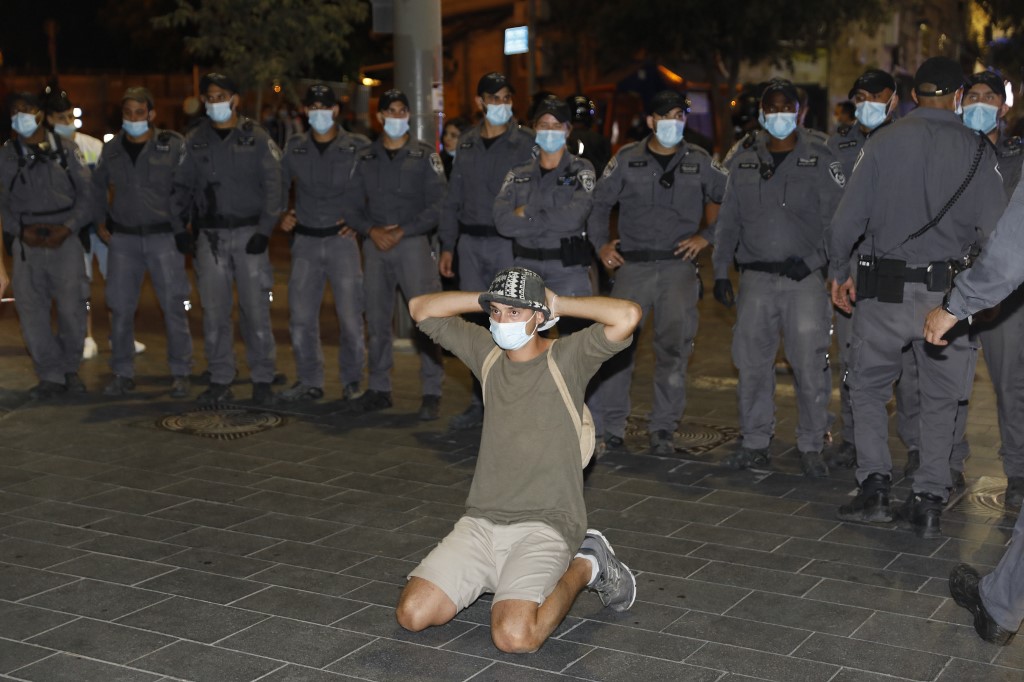 A protester kneels next to police in Jerusalem on 14 July (AFP)
A protester kneels next to police in Jerusalem on 14 July (AFP)


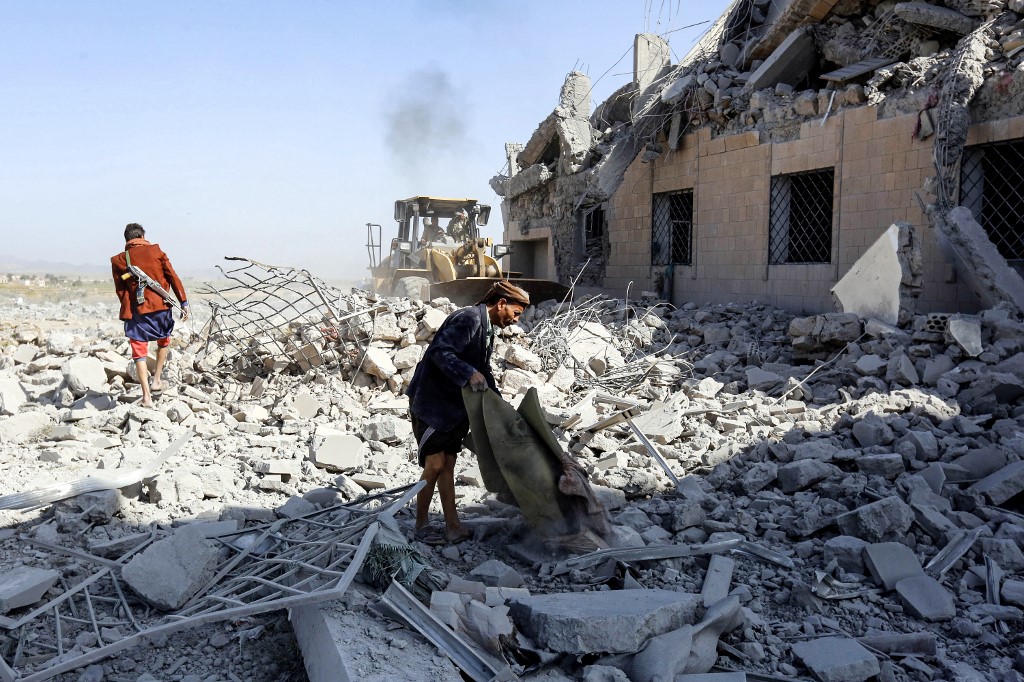 People inspect the rubble of a building hit by an air strike of the Saudi-led coalition south of Sanaa in September 2019 (AFP)
People inspect the rubble of a building hit by an air strike of the Saudi-led coalition south of Sanaa in September 2019 (AFP)


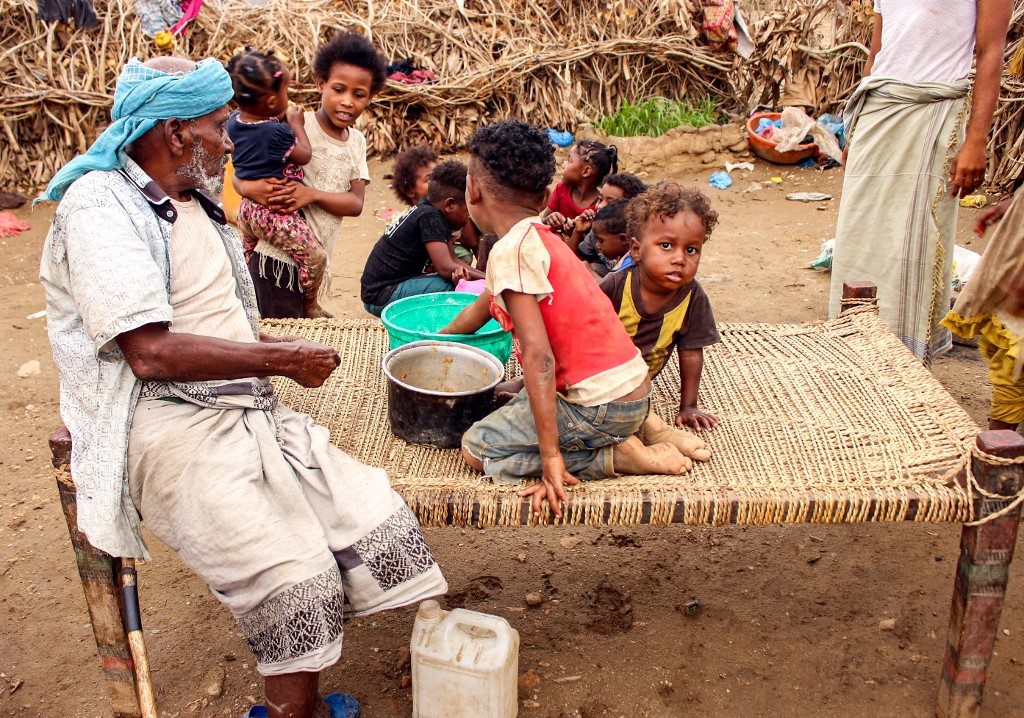 Yemenis shelter at a makeshift camp for displaced people in Hajjah province in August 2019 (AFP)
Yemenis shelter at a makeshift camp for displaced people in Hajjah province in August 2019 (AFP)


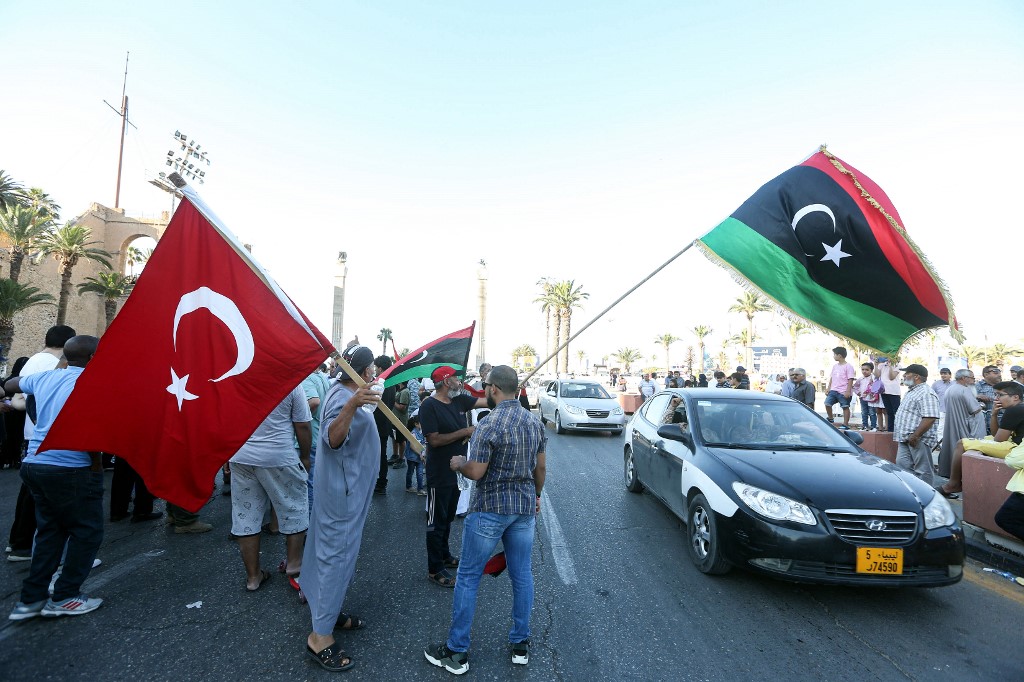 People wave Libyan and Turkish flags during a demonstration in Tripoli on 21 June (AFP)
People wave Libyan and Turkish flags during a demonstration in Tripoli on 21 June (AFP)


 Qaboul Mabkhout Marzouq, 11, lies on a stretcher at a hospital in Sanaa after she was injured in an air strike in the northern province of al-Jawf, Yemen on 15 July (Reuters)
Qaboul Mabkhout Marzouq, 11, lies on a stretcher at a hospital in Sanaa after she was injured in an air strike in the northern province of al-Jawf, Yemen on 15 July (Reuters)



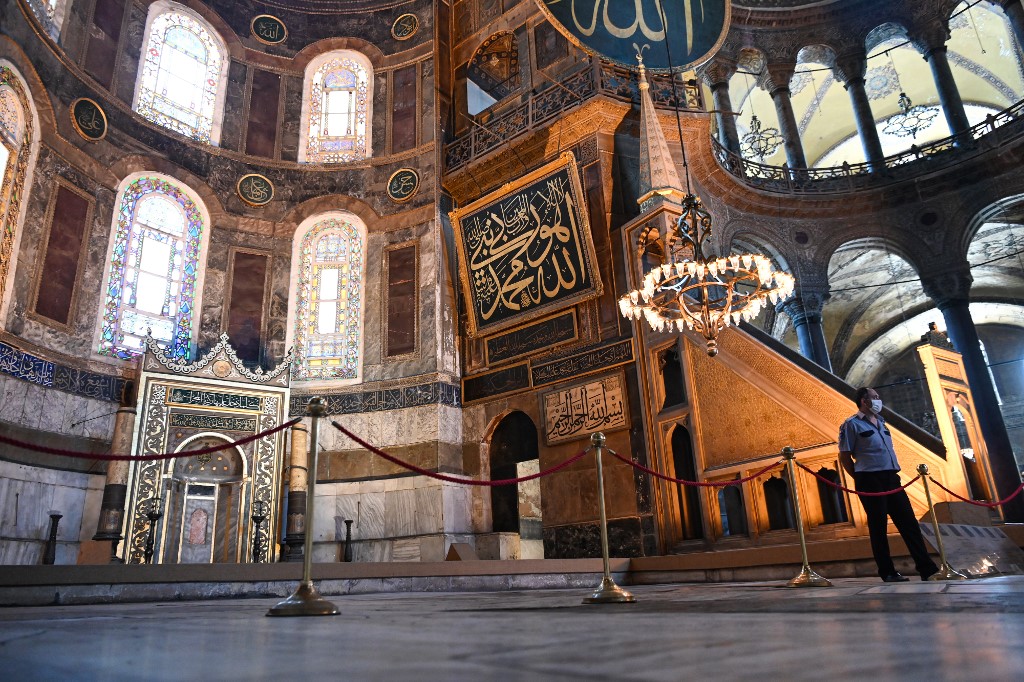 The Hagia Sophia in Istanbul is pictured on 2 July (AFP)
The Hagia Sophia in Istanbul is pictured on 2 July (AFP)